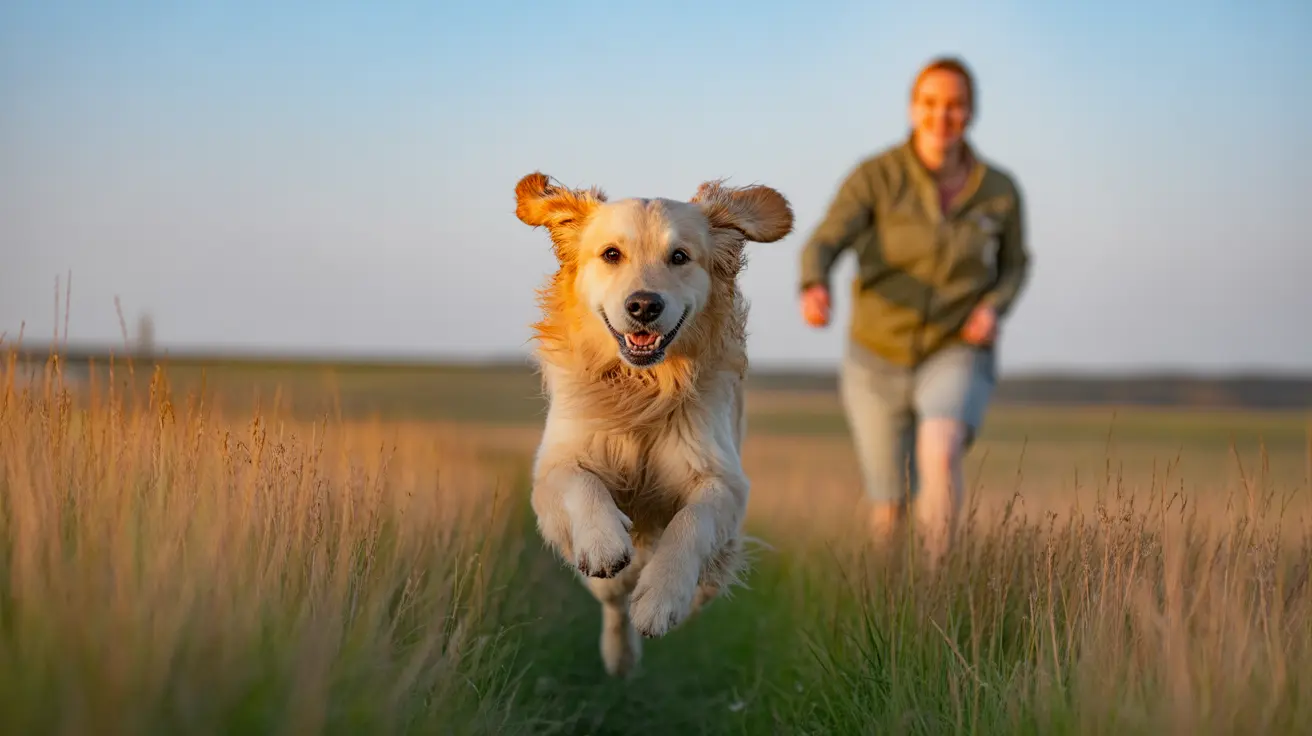A dislocated shoulder in cats, while uncommon, can be a serious and painful condition requiring immediate veterinary attention. When a cat's shoulder becomes dislocated, the upper arm bone (humerus) separates from its normal position in the shoulder joint, potentially causing severe pain and mobility issues. Understanding this condition is crucial for cat owners to ensure prompt treatment and the best possible outcome for their feline companions.
This comprehensive guide will explore everything you need to know about shoulder dislocations in cats, from identifying symptoms to treatment options and recovery expectations.
Understanding Cat Shoulder Dislocations
A cat's shoulder joint is primarily stabilized by surrounding muscles rather than strong ligaments, making it susceptible to dislocation under certain circumstances. The most common type of dislocation in cats is medial luxation, where the joint displaces toward the body's midline.
Shoulder dislocations typically occur due to traumatic events such as:
- Falls from heights
- Vehicle accidents
- Fighting with other animals
- Getting a limb caught or pulled forcefully
Recognizing the Signs of a Dislocated Shoulder
Early recognition of shoulder dislocation symptoms can lead to better treatment outcomes. Common signs include:
- Sudden severe lameness
- Refusing to put weight on the affected leg
- Visible deformity of the shoulder area
- Swelling and tenderness
- Abnormal shoulder movement
- Signs of pain when touched
- Changes in behavior or activity level
Diagnosis and Veterinary Assessment
When you bring your cat to the veterinarian, they will perform a thorough physical examination and typically order X-rays to confirm the diagnosis. This imaging is crucial to rule out additional injuries and determine the exact type of dislocation, which helps guide treatment decisions.
Treatment Options and Approaches
Treatment for a dislocated shoulder in cats typically follows one of two paths: conservative management or surgical intervention.
Conservative Treatment
For recent and uncomplicated dislocations, veterinarians may attempt closed reduction, which involves:
- Manipulating the joint back into position under anesthesia
- Applying a protective sling or bandage
- Restricting movement for 3-4 weeks
- Administering pain medication and anti-inflammatories
Surgical Treatment
Surgery may be necessary when:
- Closed reduction fails
- The dislocation is chronic
- There's significant tissue damage
- The joint repeatedly dislocates
Recovery and Rehabilitation
The recovery process requires careful management and typically includes:
- Strict rest and confined movement
- Regular veterinary check-ups
- Gradual return to activity
- Physical therapy exercises when appropriate
- Weight management to reduce joint stress
Preventing Future Dislocations
While not all shoulder dislocations can be prevented, certain measures can reduce risks:
- Securing high windows and balconies
- Providing safe climbing structures
- Maintaining a healthy weight
- Regular veterinary check-ups
- Keeping cats indoors or supervised outdoors
Frequently Asked Questions
What are the common signs and symptoms of a dislocated shoulder in cats?
The most common signs include sudden lameness, reluctance to use the affected leg, visible deformity of the shoulder area, swelling, and signs of pain when the area is touched. Cats may also show behavioral changes like hiding or decreased activity.
How is a cat's shoulder dislocation diagnosed by a veterinarian?
Veterinarians diagnose shoulder dislocations through a combination of physical examination and X-rays. The X-rays confirm the dislocation and help rule out other injuries like fractures.
What treatment options are available for cats with a dislocated shoulder?
Treatment options include closed reduction (manual repositioning) under anesthesia, supportive care with bandaging and pain medication, or surgery in more complex cases. The choice depends on the severity and duration of the dislocation.
Can a dislocated shoulder in a cat heal without surgery, and what does recovery involve?
Some dislocations can heal without surgery if treated early and properly maintained. Recovery involves strict rest, confined movement, pain management, and gradual rehabilitation over several weeks.
How can I help prevent shoulder dislocations in my cat and support their recovery?
Prevent dislocations by securing high places, providing safe climbing options, and maintaining a healthy weight. During recovery, follow veterinary instructions carefully, restrict activity, and ensure proper rest and medication administration.






